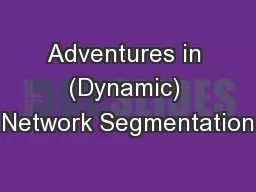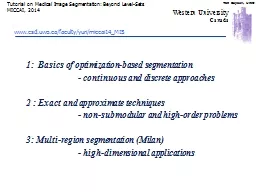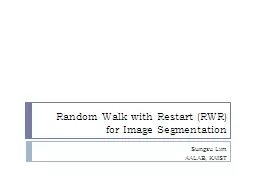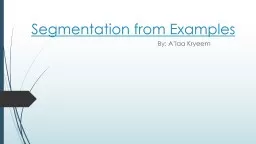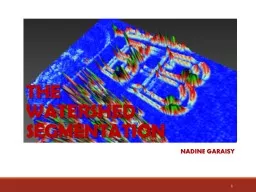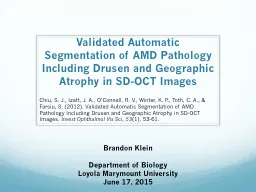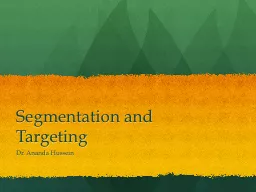PPT-Adventures in (Dynamic) Network Segmentation
Author : karlyn-bohler | Published Date : 2018-01-18
or And Thats How I Got This Scar Rick Lull Consulting Engineer SyCom Technologies Shannon Yeaker Lead Consultant GRC Practice Impact Makers Rick Lull Currently
Presentation Embed Code
Download Presentation
Download Presentation The PPT/PDF document "Adventures in (Dynamic) Network Segmenta..." is the property of its rightful owner. Permission is granted to download and print the materials on this website for personal, non-commercial use only, and to display it on your personal computer provided you do not modify the materials and that you retain all copyright notices contained in the materials. By downloading content from our website, you accept the terms of this agreement.
Adventures in (Dynamic) Network Segmentation: Transcript
Download Rules Of Document
"Adventures in (Dynamic) Network Segmentation"The content belongs to its owner. You may download and print it for personal use, without modification, and keep all copyright notices. By downloading, you agree to these terms.
Related Documents

